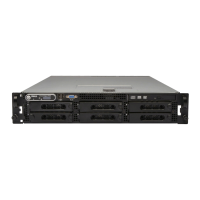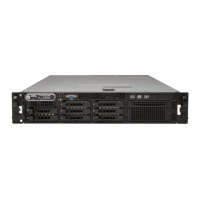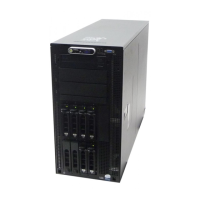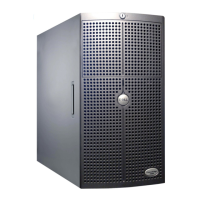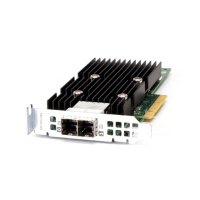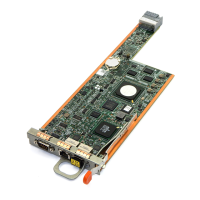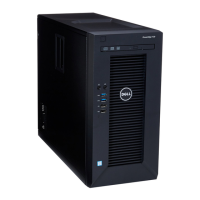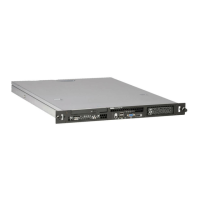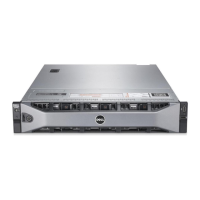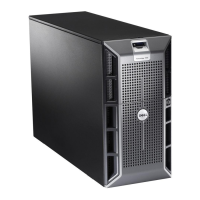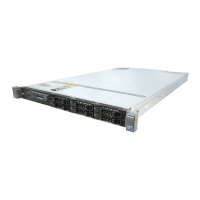Troubleshooting Your System 127
9
If you have a SAS RAID controller daughter card, ensure that the following RAID components are
properly installed and connected:
• Memory module
• Battery
10
Verify that the cable connections between the SAS backplane(s) and the SAS controller daughter card
are correct. See "Installing a SAS Controller Daughter Card" on page 70.
11
Ensure that the cables are firmly connected to the SAS controller daughter card and the SAS
backplane board.
12
Close the system. See "Opening and Closing the System" on page 54.
13
Reconnect the system to its electrical outlet, and turn on the system and attached peripherals. If the
problem persists, proceed as follows:
• If you have a SAS controller daughter card,
see "Getting Help" on page 147.
• If you have a SAS RAID controller daughter card, replace the SAS RAID daughter card battery
.
See
"Installing a RAID Battery" on page 74. If replacing the battery does not solve the problem,
see
"Getting Help" on page 147.
Troubleshooting Expansion Cards
NOTE: When troubleshooting an expansion card, see the documentation for your operating system and the
expansion card.
Problem
• Error message indicates a problem with an expansion card.
• Expansion card performs incorrectly or not at all.
Action
CAUTION: Only trained service technicians are authorized to remove the system cover and access any of the
components inside the system. Before performing any procedure, see your Product Information Guide for
complete information about safety precautions, working inside the computer and protecting against electrostatic
discharge.
1
Run the appropriate online diagnostic test. See "Using the System Setup Program" on page 37.
2
Open or remove the bezel. See "Front Bezel" on page 53.
3
Turn off the system and attached peripherals, and disconnect the system from the electrical outlet.
4
Open the system. See "Opening and Closing the System" on page 54.
5
Ensure that each expansion card is firmly seated in its connector. See"Installing an Expansion Card" on
page 76.
6
Close the system. See "Opening and Closing the System" on page 54.
Book.book Page 127 Friday, February 3, 2006 11:09 AM
